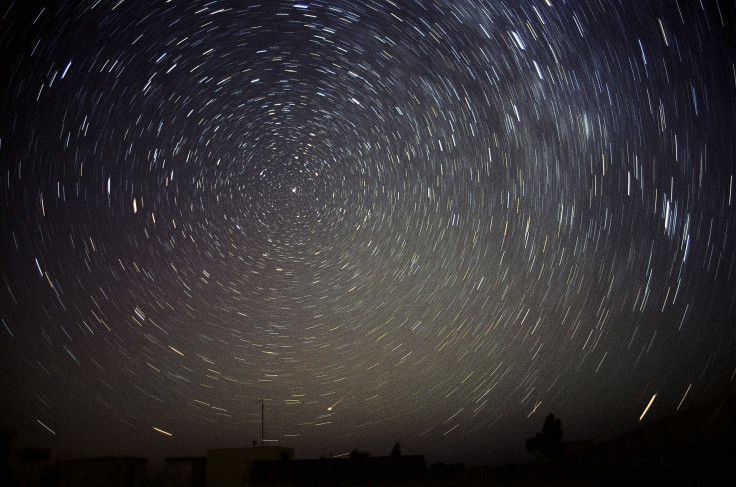November Astronomy: Meteor Showers And A Parade Of Planets Shine In The Night Sky

Stargazers will be waking up early in November, but it won't be for Black Friday. There are several astronomical highlights that peak during the pre-dawn hours beginning with the South and North Taurid meteor shower. The Southern Taurids -- famed for its fireballs -- is expected to put on a show this weekend, according to EarthSky. The Taurids, Leonids and a Venus-Mars conjunction are just a few astronomy highlights for November.
The Venus-Mars conjunction takes place Wednesday morning. Venus will be incredibly bright before sunrise, while Mars will be more faint in the sky. Above the two planets will be easily visible Jupiter, EarthSky reported. Venus and Mars will appear within a 5-degree circle in the sky during the first week in November to the east. Getting up early on Nov. 7 will reward observers with a crescent moon next to Venus, Mars and Jupiter. Saturn is a bit tricky to see, but is visible just before sunset. Saturn appears golden in the sky low on the horizon.
The Southern Taurids follow the Venus-Mars conjunction. The Taurids are expected to be near peak activity over the weekend. The meteor shower is notable for its streaking fireballs. These bright flares leave visible trails that reward patient observers. The South and North Taurid meteor showers are the result of the debris trail left behind by comet 2P Encke. The trail eventually split in two to create the overlapping Taurids. The Southern Taurids peak in early November while the Northern Taurids peaks overnight on Nov. 11. The waning moon will not add a lot of light to the night sky, which increases the chances of viewing a shooting star.
November's meteor main event, the Leonid meteor shower, peaks Nov. 17. The Leonids are famed for their "meteor storms" -- tremendous outbursts that yield rates of 100 meteors per hour -- but 2015 will not be so lucky. During the Leonid peak, observers can observe around 15 meteors per hour.
© Copyright IBTimes 2024. All rights reserved.












